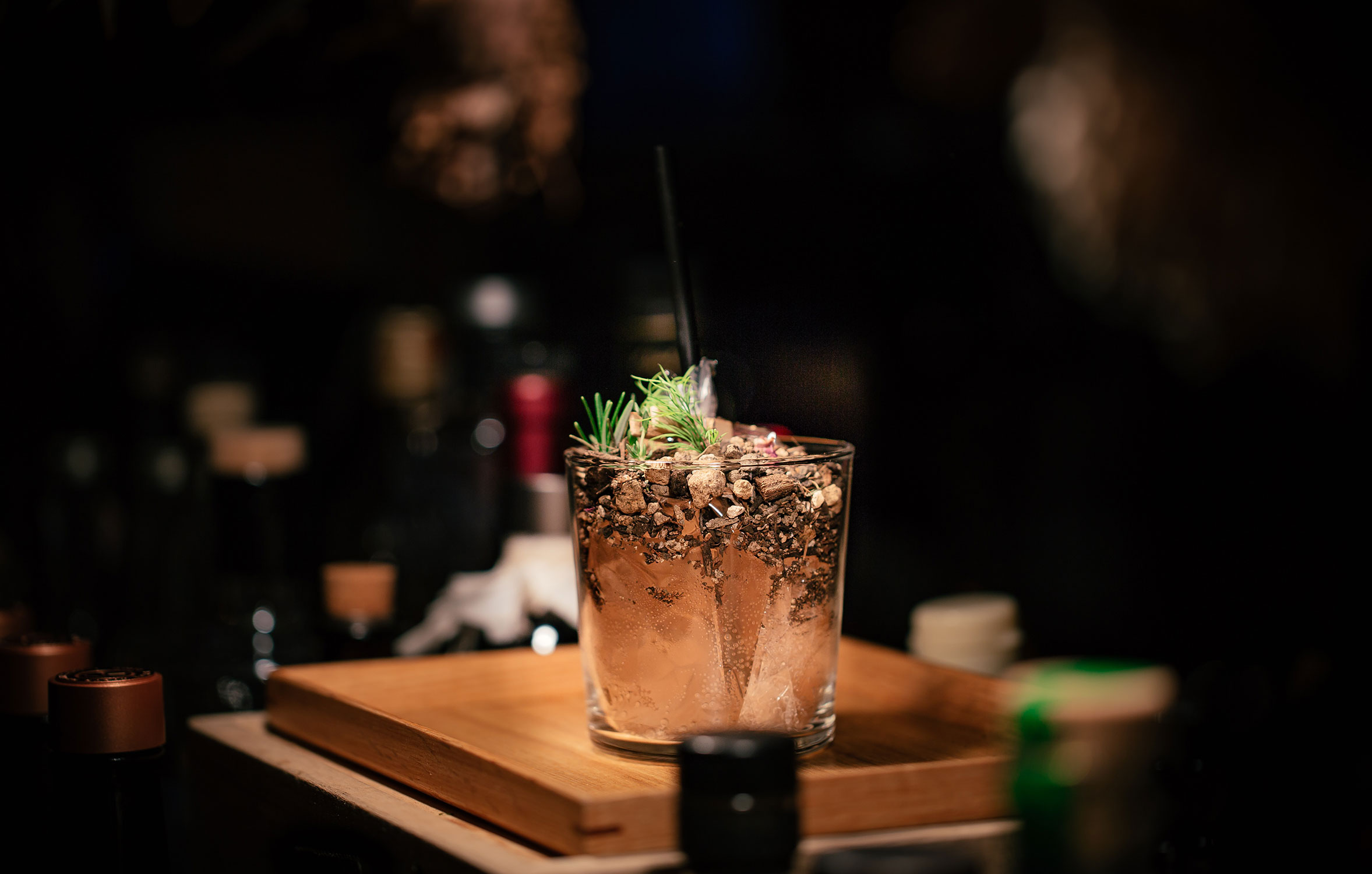Cognac is prepared from grapes, and this luxurious liquor is enjoyed worldwide for its rich and spiced flavor. It is pretty different from most of the alcoholic beverages. Technically speaking, it is a kind of brandy, but it is not similar to whiskey. It is one such drink that can prove to be pretty flavorful with barely any bite, and the drinker needs to be more tolerant with it.
It is said that the best Cognac is the one which can be experienced in its entirety; including its taste, color, estate, brand, distillery, and packaging. It requires the combination of all these to prepare a good Cognac. If the brand is important, then one should select from the Big Four; namely, Hennessy, Remy Martin, Courvoisier, and Martell.
This article will restrict the discussion to Hennessy only. It may not happen to be among the finest and most refined, but if someone is searching for something inexpensive, it is the best bet one can have. There are quite a few lesser known facts about this drink which are described below.
Hennessy is prepared from wine
Cognac is a type of a brandy made from white wine, and it is typically very dry and thin. The spirit is double-distilled and is matured in French barrels to give its distinct flavor. Similar to wine, the selling price can vary sharply, and the sticker price of Hennessy bottles can very well range from thirty-five US dollars to a whopping five grand.
All Cognacs are compliant with stringent quality assurance regulation and laws
To be labeled as Cognac, it must adhere to the specific and most rigorous legal requirements; such as, it should be made in wine-growing area surrounding Cognac, should be double-distilled by means of copper pot stills, particular grape varietals should only be used, and it must be made to age in French oak barrels for at least two years. However, a vast majority of the Cognacs are made to mature longer than the minimum age required by the law.
Simple is the way in France
The French enjoy the Cognac plain, only sipped. The long drink is generally considered favorable for Hennessy and Cognac.
Hennessy’s recipes were first used in the early 1800s
All the three variations (VS/very special, XO/extraordinary, and VSOP/very special old pale) of Hennessy are popular, and the earliest of the lot was first made in 1817. VS variation was first used in 1865 in the form of a recipe and soon followed by the XO in 1870. Hennessy has various iterations; namely, Hennessy Paradis, Hennessy Black, and Paradis Imperial. The brand offers different flavor profiles worldwide.
Hennessy Cocktails
It is considered best to drink the Hennessy straight. However, cocktails are still prepared with it. The traditional Cognac cocktails provide an exciting way to begin one’s maiden journey with Hennessy. The Champagne Bowler, Japanese Cocktail, or the Sidecar are all good enough and allow to shine the woody flavor of the Hennessy.
However, this does not insinuate that more complicated cocktails in modern times do not make good use of the Hennessy. For instance, take the case of the East Side Press, where spiciness of ginger and smoothness of egg compliment the complexity of the Hennessy Cognac in a collaborative manner.
Hennessy is unmistakably bold and opens with an intense woody aroma and a nutty fragrance. It is bold but not overpowering, offering warm palate and floral notes. Irrespective of the fact whether it is being consumed as mix drinks or straight, Hennessy offers something for everyone.
Serving Hennessy
One needs to develop the sense of selecting the appropriate glass first. There are three distinct types of Cognac glasses; the tulip glass, wobble snifter, and the balloon glass. One can also use a tumbler of cocktail glasses for mixed drinks.
Tulip glasses are long, bell-shaped wine glasses and this design allows the aromas to deposit on the surface of the drink. Balloon ones come with a large body and a short stem, which enables the drinker to warm the liquor evenly. Wobble glasses are necessarily balloon glasses sans a stem, and they are too easy to set down, compelling the drinker to hold the Cognac in hand and bring the beverage to temperature.
The Hennessy ambiance
One should always remember to appreciate a glass of the Hennessy as it happens to be among the most complicated spirits in the world. However, it can be consumed more regularly, in a somewhat easy manner. The three different methods of drinking this spirit are described below.
The fashionable way
When in a bar or a nightclub; One can never go wrong with a VS or VSOP in a cocktail, or it could very well be a VSOP (on ice) on the rocks, or may be consumed neat.
The traditional way
It may appear a tad old-fashioned as Cognac did much to dump its dusty image. Hennessy has embraced the twenty-first century and is consumed by various folks in numerous ways; next to the fireplace, after dinner, or with something good to read and ponder.
The intellectual way
One can perform a tasting-learning session, focusing on various notes and aromas of Hennessy, and could even be accompanied by a favorite dessert.
The temperature
There are various alternatives to achieve the optimum temperature for this drink. For instance; should someone take small sips at room temperature, with ice or hand-warmed, or straight from the refrigerator?! In practice, a vast majority of the Cognac drinkers like their Eaux-de-vie at body temperature, because when someone is holding the glass in hand, that person is allowing the body’s heat to warm the liquor slowly, the spirit does liberate highly subtle notes that cannot be noticed at standard room temperature.
The correct temperature is nothing short of a philosophy and an ongoing saga in itself. At the end of the day, it all boils down to one’s personal preferences.
Let us begin with the way most drinkers practice. Pour about twenty-five milliliters of Hennessy in the glass. Then hold the glass using the palm so that the body heat can gradually warm the Cognac. It will accentuate the flavors and amplify the aromas. Warm it for around eight to ten minutes before consumption.

